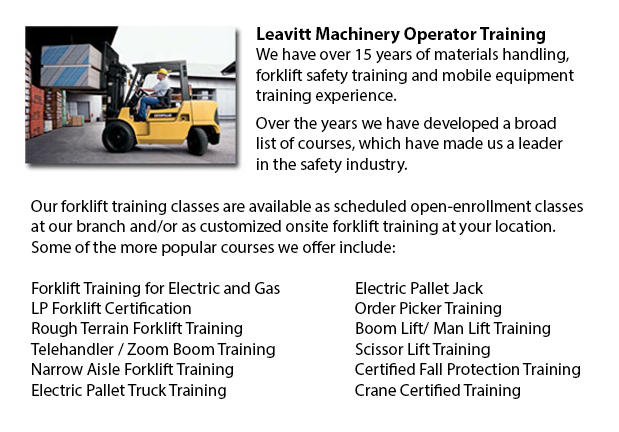
There are actually two categories of lift trucks within the production business, the rough terrain model and the industrial model. Rough terrain forklifts appeared in the 1940’s built predominantly for use on rough roads, ideal for lumberyards and construction sites, providing lifting power when there was no paved surface available.
Typically, the majority of rough terrain lift trucks are run on a propane, diesel or gas powered internal combustion engines with a battery used for power. Some makers are experimenting with rough ground lift trucks that utilize vegetable matter and run from ethanol. Huge pneumatic tires with deep treads distinguish these forklifts to permit them to latch onto the roughest soil type without any slippage or shifting.
The most primitive styles of rough terrain forklifts were able to carry weights of up to 1000 lbs, with blades that could slide underneath the item, jack it a little bit and then transfer it to a different location. After some time on the market, rough terrain vehicles were given supplementary shipping power to about 2000 lbs capacity. In the 1960's telescoping booms were added, allowing them to stack materials much higher than in preceding years. The telescoping design feature is a staple of nearly all rough terrain forklifts nowadays. Present styles are capable of managing well over 4000 lbs due to the continuous improvements through the years. Telescoping capability has also improved with some models achieving a height of 35 feet. Operator safety has also become a focus with several all terrain forklifts currently manufactured are equipped with an enclosed cab for the operator, versus the older open air seating capacity.
The rough terrain forklifts existing today work just as well on covered floors as on unpaved surfaces. These rough terrain forklifts are being marketed for their versatility permitting companies to transport items from outside the plant to the inside or vice versa.
-
Doosan Forklift
Doosan Infracore Company Ltd. is an international and intercontinental organization that features Defense Industry Products, Industrial Vehicles, Diesel Engines, Automation Systems, Machine Tools and Construction Equipment. Their United States... More -
Aerial Lifts
Aerial forklifts can be used to accomplish a lot of distinctive duties executed in hard to reach aerial places. A few of the odd jobs associated with this type of lift include performing regular maintenance on buildings with prominent ceilings, repai... More -
JLG Telehandler
Following retirement in the late 1960's, John L. Grove started out on a cross country RV trip. After spending numerous years establishing his family built crane business with his brother, John had no idea that this trip would bring forth the rise of... More -
Scissor Pallet Trucks
Scissor pallet trucks are designed for moving and hauling individually stacked pallets by integrating a raising mechanism that permits the pallets on the truck to be elevated. This equipment is a great tool for working in space limited locations that... More -
Pallet Lifts
A pallet lift is equipment intended especially for transporting pallets of irregular weights and sizes. They can be utilized in conjunction with cranes, forklifts and other heavy duty machines as an appendage piece or to be used on their own. Pallet... More

Forklift Certification Grande Prairie
TOLL FREE: 1-888-254-6157
Grande Prairie, Alberta
forkliftcertificationgrandeprairie.com
Email Us
About Us


